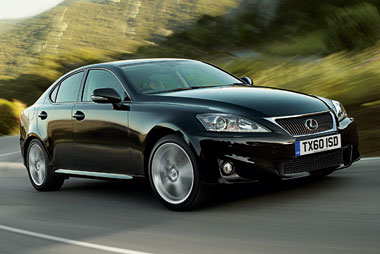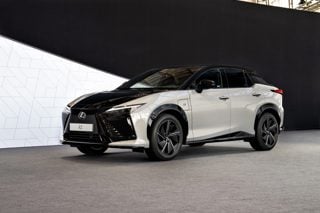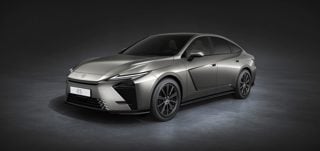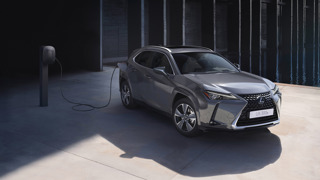Review
Lexus was a latecomer to diesel, only launching this option in the IS four years ago.
Last year it switched to a detuned version of the 2.2-litre engine with 148bhp from 175bhp, which reduced CO2 emissions to just 134g/km.
Fuel efficiency has risen to 55.4mpg, although we struggled to get much more than the high-30s during a week-long test.
Lowering the power output has consequences for performance. The car takes a comparatively leisurely stroll from 0-62mph in 10.2secs.
Progress is hampered further by the heavy clutch pedal and laborious gearstick.
In addition, high gearing means the engine struggles at 30mph in fourth while it almost shudders when changing into sixth gear at 70mph.
A minor facelift this year has enhanced the car’s sporty look, while the F-Sport trim level brings IS-F design cues, including revised deep-front bumpers and new grille, which result in an aggressive looking front face, and a side profile on new 18-inch alloys that promises agility.
To drive, the IS offers a firm yet pliant ride with well-weighted steering. It is equally at home on motorways and winding B-roads, while specification levels are high.
Rear passengers could do with a touch more legroom, and the 378 litres boot capacity is below par.
There are also competitive alternatives. For a P11D saving of more than £1,000, fleets could choose the Volvo S60 D3 R-Design Premium, offering 163bhp (0-62mpg in 8.7s), 139g/km CO2 and 53.3mpg.
Running costs are 37.12ppm over four years – equating to a total saving on 20,000 miles per year of £1,208 over the Lexus’s 38.63ppm.
Verdict
For all its apparent flaws, the IS does have a certain appeal. For drivers wanting something different, it’s an option worth consideration.
Specs
| Manufacturer | Lexus |
| Model | IS |
| Specification | |
| Model Year | 0.00 |
| Annual VED (Road tax) | £0 |
| BIK List Price | £28,725 |
| CO2 | 134g/km |
| BIK Percentage | 18% |
| Insurance Group | N/A |
| CC | N/A |
| Fuel Type | |
| Vehicle Type | |
| Luggage capacity (Seats up) | N/A |
Running Costs
| P11D | £28,725 |
| Cost per mile | 46.86ppm |
| Residual value | £9,050 |
| Insurance group | N/A |
| Fuel Type | |
| Cost per mile | 0.00ppm |
| Fuel | 0.00ppm |
| Depreciation | 0.00ppm |
| Service maintenance and repair | 0.00ppm |
Info at a glance
-
P11D Price
£28,725
-
MPG
55.4 -
CO2 Emissions
134g/km -
BIK %
18% -
Running cost
3 Year 60k : £9,050 4 Year 80k : £6,950 -
Fuel Type























Login to comment
Comments
No comments have been made yet.